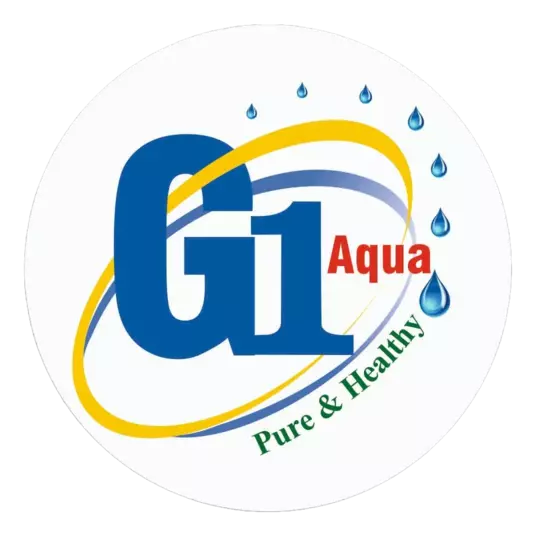In an era of increasing water scarcity and tightening environmental regulations, industries are facing immense pressure to manage their water resources more responsibly. The ultimate goal in sustainable water management is Zero Liquid Discharge (ZLD)—a paradigm shift from treating wastewater to eliminating it entirely.
This guide will introduce you to the concept of ZLD, explaining what it is, how it works, and why it represents the future of industrial water treatment.
What is Zero Liquid Discharge (ZLD)?
Zero Liquid Discharge is an advanced wastewater treatment process where the goal is to recover all water and produce zero liquid waste. Instead of discharging treated wastewater into the environment, a ZLD system recycles it for reuse within the facility. The dissolved solid contaminants are concentrated and converted into a solid, crystalline waste, which can then be isposed of or potentially repurposed.
Why is ZLD So Important?
The push towards ZLD is driven by several critical factors:
- Water Scarcity: In water-stressed regions, ZLD allows industries to continue operating by recycling their water, reducing their dependence on fresh water sources.
- Strict Environmental Regulations: Many governments are imposing severe restrictions or complete bans on the discharge of industrial effluent, making ZLD a necessity for compliance.
- Resource Recovery: The solid waste produced by ZLD systems can sometimes contain valuable salts or minerals that can be sold, creating a new revenue stream.
- Enhanced Social Responsibility: Implementing ZLD demonstrates a company's commitment to environmental stewardship, enhancing its public image and brand value.
The Key Components of a ZLD System
A ZLD system is a multi-stage process that typically involves the following core technologies:
1. Pre-treatment and Concentration
The process begins by pre-treating the wastewater to remove any substances that could harm the downstream equipment. This is often followed by a concentration stage, usually using Reverse Osmosis (RO) or Nanofiltration (NF), to remove a significant portion of the clean water and reduce the volume that needs to be treated in the more energy-intensive stages.
2. Evaporation / Brine Concentration
The highly concentrated brine from the previous stage is fed into an evaporator. Here, heat is applied to vaporize the water, leaving behind an even more concentrated brine solution. The water vapor is then cooled and condensed, producing high-purity distillate water that is ready for reuse.
3. Crystallization
The super-concentrated brine from the evaporator is sent to a crystallizer. This final stage continues the evaporation process until all the water is removed, and the dissolved solids precipitate out to form solid crystals. These solids are then removed from the system for disposal.
Which Industries Benefit Most from ZLD?
ZLD is particularly beneficial for industries that generate highly saline or toxic wastewater, including:
- Power Plants
- Textile and Garment Manufacturing
- Pharmaceuticals
- Chemical Manufacturing
- Mining and Metals Processing
- Tanneries
